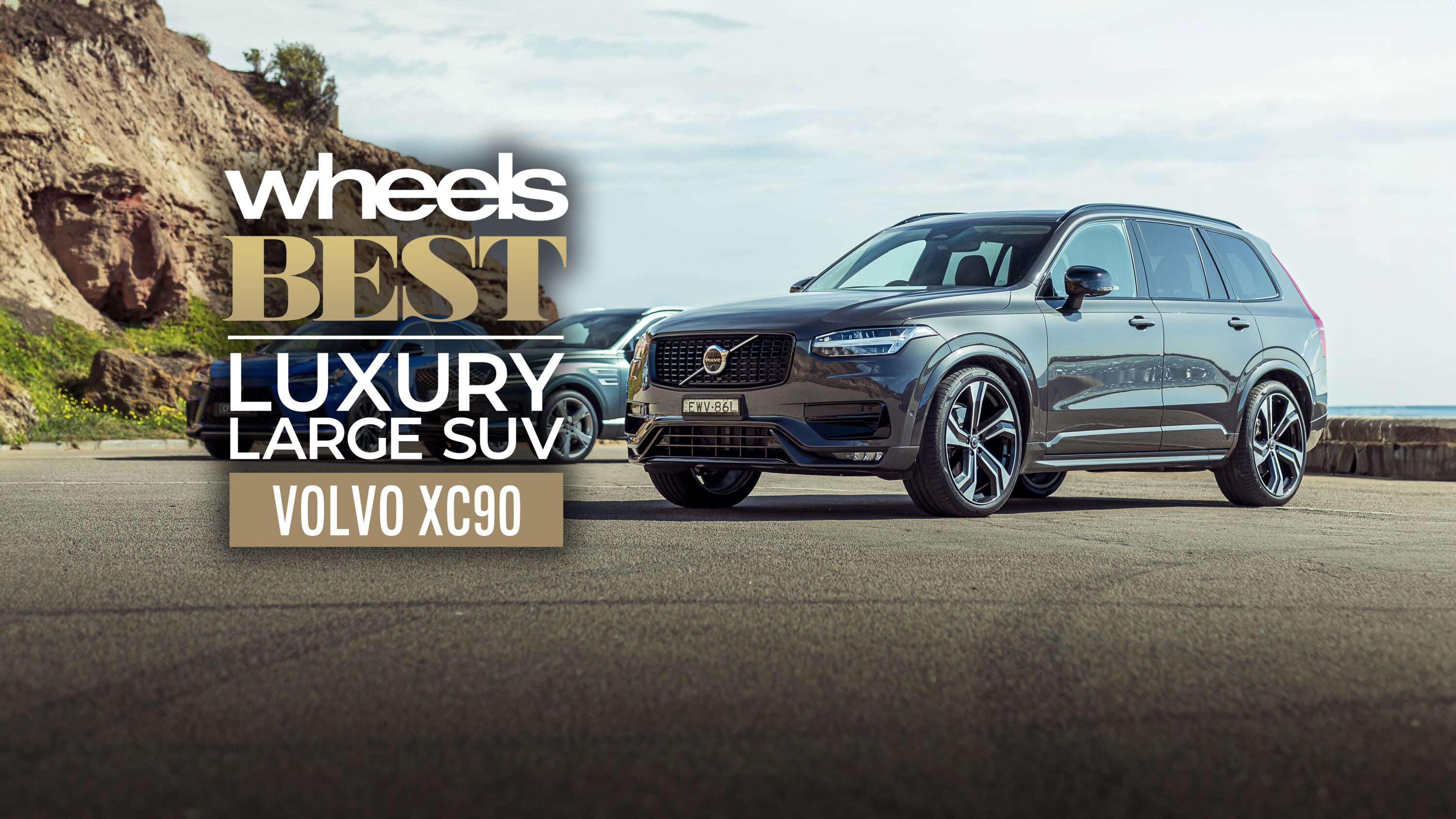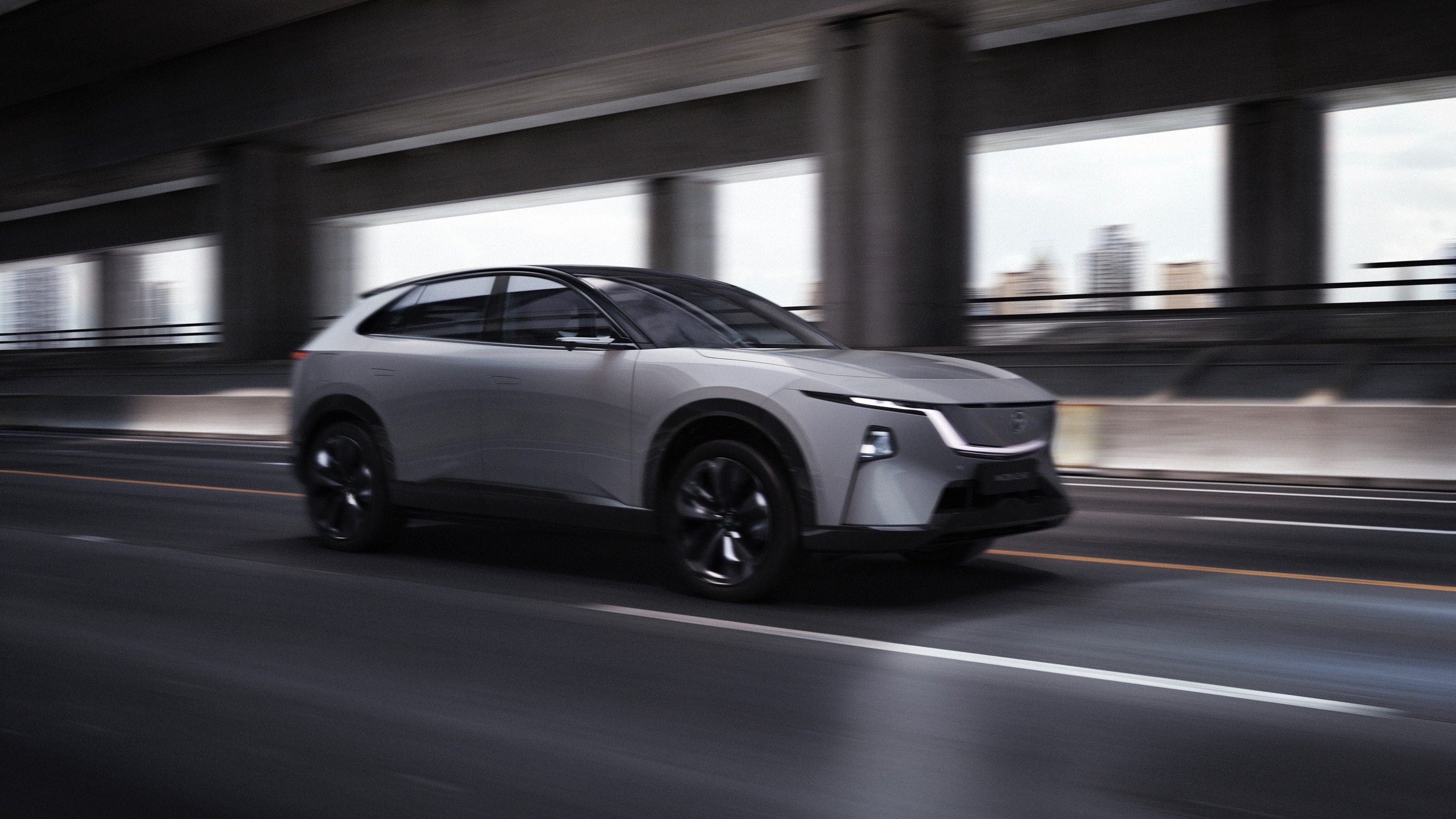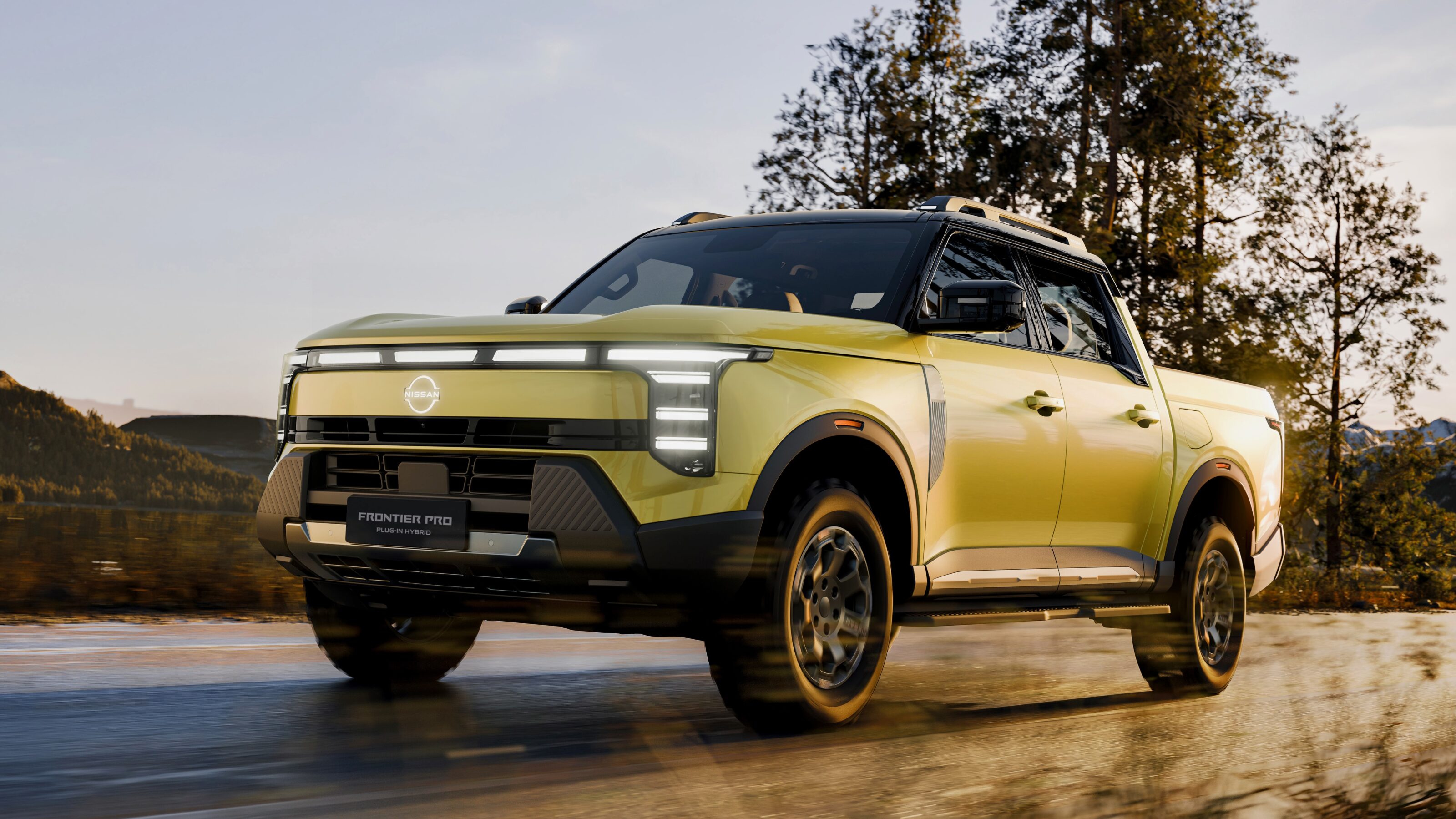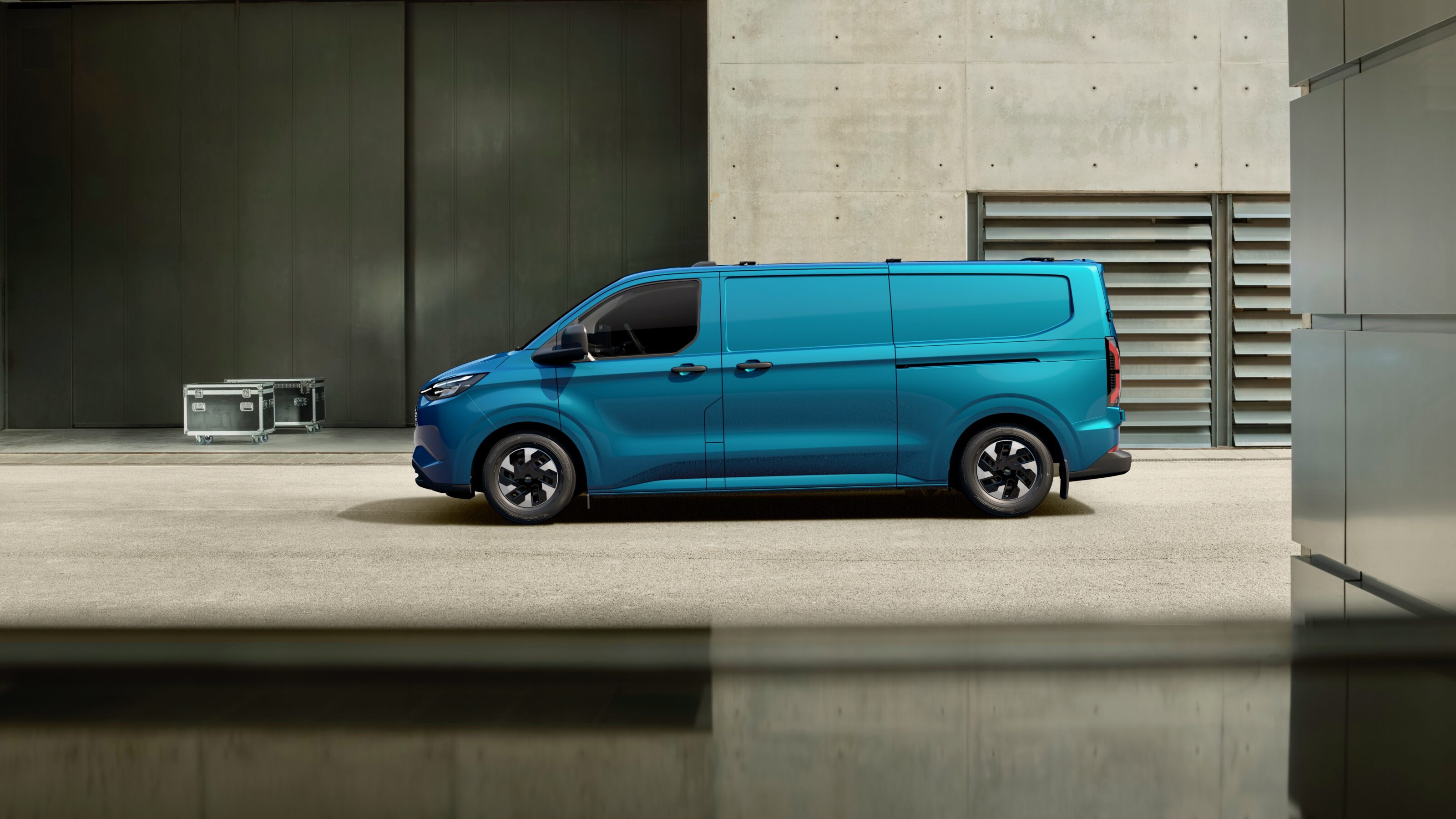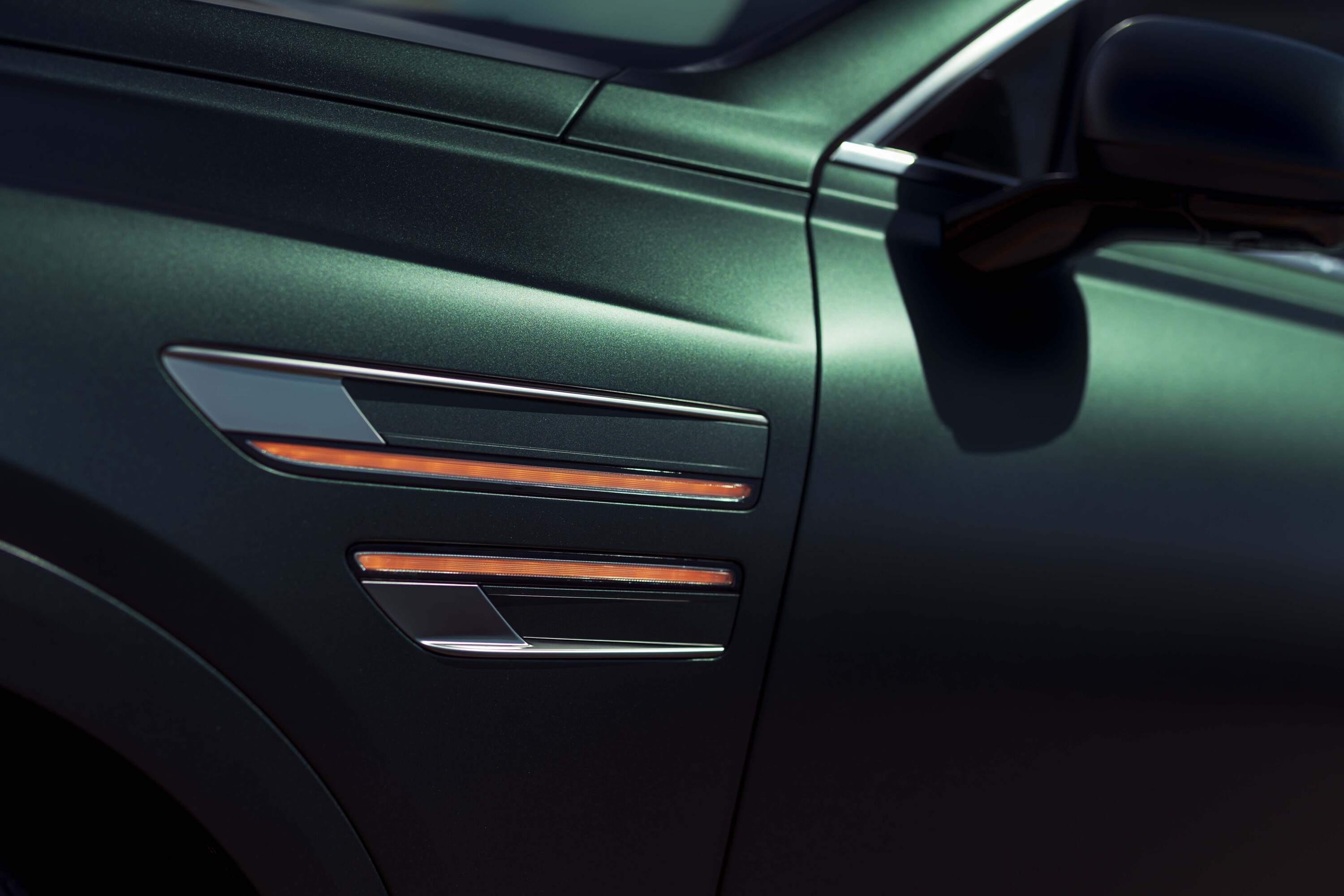
Registrations for new premium SUVs boomed in 2023 as supply started to catch-up with demand.
And in 2024 there will be even more options for buyers with bigger wallets as new-generation and updated versions of established models are also joined by more than 10 nameplates making their debut in Australia.
From Alfa Romeo to Volvo, here’s Wheels’ comprehensive guide to all the posh sports utility vehicles heading Down Under…
JUMP AHEAD
- Alfa Romeo Milano
- Audi Q4 E-Tron
- Audi Q6 E-Tron
- BMW X2/iX2
- BMW X3
- Cadillac Lyriq
- Genesis GV80
- Lexus LBX
- Lexus GX
- Lotus Eletre
- Maserati Grecale Folgore
- Mercedes-AMG GLC63
- Mercedes-Maybach EQS
- Mini Countryman
- Polestar 4
- Polestar 3
- Porsche Macan Electric
- Range Rover Electric
- Tesla Model Y
- Volvo EX30
- Volvo EX90
Alfa Romeo Milano – timing TBC
The name of Italian brand Alfa Romeo’s baby SUV has been confirmed as ‘Milano’, ahead of a full reveal in April.
Milano is Alfa’s twin to the Jeep Avenger and will become its first electric model to be offered, though a hybrid powertrain will also be part of the mix.
The Milano will expand Alfa’s line-up of SUVs to three, joining the Tonale and larger Stelvio.
With details so scarce at this stage, it’s unknown whether the Milano will reach Australia before 2024 is out.
Audi Q4 E-Tron – mid 2024
Audi Australia expects its third electric vehicle, the Q4 E-Tron, to become its best-selling electric model when it arrives here in 2024.
The local arm has locked in pricing for its Tesla Model Y and Volvo XC40 Pure Electric rival – from $88,300 to $109,500 in a four-model range.
Sitting on the Volkswagen Group’s MEB platform, the Q4 is offered with a choice between traditional SUV and Sportback body types, and with either single or dual motors providing, respectively, 210kW and 250kW.
Audi Q6 E-Tron – timing TBC
This is Audi’s twin to the electric Porsche Macan also being released in late 2024.
Although the exterior has yet to be revealed yet for the five-seater luxury SUV, Audi did showcase the cabin at the 2023 Munich motor show.
This also confirmed plenty of technological commonality with the Porsche that also shares a new PPE battery platform.
This includes multiple digital dash displays, including optional front-passenger screen, and an optional augmented-reality head-up dispay.
As the model name suggests, the Q6 will slot into the Audi line-up above the aforementioned Q4 E-Tron and Q8.
BMW X2 & iX2 – Q1
The coupe version of the X1, the second generation ‘U10’ X2 was unveiled last October and comes in two petrol all-wheel-drive models, with the electric model badged separately as the iX2.
Larger than its predecessor, the X2 adds significantly more technology – including BMW’s ninth-generation iDrive system – but also adds weight and cost.
That sees more than a $10k jump for the entry-level xDrive 20i, which is now standard with all-wheel drive, while there’s a larger (570L) cargo area.
The fastest model is again the X2 M35i.
No surprises in that the iX2 uses the same 230kW/494Nm electric motors and 65kWh battery pack as the iX1, with its130kW DC charging capability providing up to 80 per cent of its 449km WLTP range – nine more than the iX1 – in 30 minutes.
Priced at $85k, the higher equipped eDrive 30 will arrive ahead of the xDrive20 later in 2024 at $83k – $4000 above the entry level iX1.
BMW X3 – TBC
In 2024, the ‘G45’ X3 will be revealed as the fourth iteration of BMW’s midsized luxury SUV since the nameplate debuted in 2003.
Spied frequently testing in Europe during the past 18 months or so, the X3 is expected to grow in size again and, based on prototypes photographed, will share more styling commonality with the latest X1 than the larger X5.
There will also be two platforms, with petrol, diesel and PHEV variants utilising an update of the current CLAR architecture, while a next-generation iX3 will switch to the German brand’s new Neue Klasse electric modular platform.
It’s unclear at this stage whether the fourth-generation BMW X3 will go on sale in Australia in 2024 or arrive for early 2025.
Cadillac Lyriq – Q4
Spearheading the Cadillac comeback – which will be an all-electric brand in Australia – is the $150k Lyriq, which despite its Large SUV measurements is being pitched as a mid-size luxury SUV.
With elegant styling and attention to detail inside and out, the Lyriq is the brand’s first foray into the luxury EV SUV segment globally.
It rides on General Motors’ Ultium scalable architecture which allows batteries from 50kWh to 200kWh capacity – the Lyriq uses a 102kWh version.
While the local line-up is yet to be finalised, the Lyriq is offered in three trim levels in the US, starting with the Tech, then mid-spec Luxury and range-topping Sport.
The Tech uses rear-wheel drive and a single-motor powertrain in the US.
The Sport shown to Wheels in November 2023 wore a ‘600e4’ designation, for 610Nm, electric and dual-motor four-wheel drive.
Cadillac claims a 505km range for the Lyriq rear-wheel drive, and 10km less for the all-wheel drive.
Genesis GV80 – Q2
The largest SUV from Hyundai’s luxury brand until the GV90 lands, the updated GV80 receives styling tweaks and will be joined by the new Coupe body style.
The GV80 Coupe gives an answer to the BMW X6, with its own front-end styling touches including a larger air intake and Active Air Flap, with Coupe-specific alloys up to 22-inches.
The Coupe’s has its own rear styling treatment and Berling Blue as an exclusive colour, with three new colours across the GV80 line-up.
Both present an opulent cabin with a continuous 27-inch OLED display stretched across the dash combining instruments and infotainment, while there’s no word on cargo capacity between the SUV and Coupe body styles.
Pricing is expected to be $120-130k, with Genesis expected to confirm the same 279kW/530Nm 3.5-litre petrol V6, which in the Coupe sees an electric supercharger bump to 305kW/549Nm.
Lexus LBX – Q1
The Lexus LBX (‘Lexus Breakthrough Crossover’) gives the brand a more affordable, smaller hybrid for Australian customers.
Using a modified version of the Toyota Yaris Cross GA-B architecture, the LBX is shorter, narrower but marginally taller than the larger Lexus UX. It uses the Yaris’ 1.5-litre three-cylinder petrol engine, teamed with a more powerful electric motor and nickel-metal hydride battery for a total output of 100kW/185Nm.
A twin-model range comprises a front-wheel-drive Luxury and an all-wheel-drive Sports Luxury. In addition to an extra (rear) electric motor, the more expensive variant also features a more sophisticated multilink rear suspension and a higher equipment level that includes a Mark Levinson audio system.
Pricing is yet to be announced, though expect a starting price in the mid-$40K region.
Lexus GX – Q2
The luxury version of the new Toyota Prado will arrive in dealerships before the vehicle it’s based on.
The first time the nameplate has been offered in Australia, the three-row GX sits between the RX – which no longer offers seven seats – and the LX in the Lexus line-up and will be priced accordingly.
The means a GX price broadly between $100-$150K, with the LX range kicking off at $156k.
The GX can be had in five-, six- or seven-seat guise, with individual captain’s chairs offered in the second row.
An Overtrail variant is a five-seater with all-terrain tyres, black wheel arches, skid plate and the Electronic Kinetic Dynamic Suspension System from the 300 Series LandCruiser.
The GX will arrive with a 3.5-litre twin-turbo V6 and 10-speed auto, ahead of a petrol hybrid expected to be added later on.
Lotus Eletre – timing TBC
Famed British sports car brand Lotus is making a genuine comeback – finally – and is showing it means business with the Eletre luxury SUV.
While it’s made in China, the Eletre – which means ‘coming to life’ in Hungarian (!) – uses the new Lotus-developed Electric Premium Architecture (EPA) and brings a convincing exterior and cabin finish.
Three variants – the $240k Eletre, $269k Eletre S and $315k Eletre R – use a 109kWh lithium-ion battery pack, with 450kW/710Nm in the entry level model bumped up to 675kW/985Nm for the Eletre R, which has a 0-100km/h claim of 2.95 seconds.
Eletre is uncharacteristically heavy for a Lotus, weighing up to 2640kg, but it also breaks with tradition with usable storage space in a 688-litre cargo area split between a boot and frunk (front-trunk).
Maserati Grecale Folgore – Q4
The first electric Maserati dons the Italian car maker’s ‘Folgore’ – meaning lightning – sub-brand nomenclature and is scheduled to arrive in Australia in late 2024.
The Grecale Folgore takes the Porsche Macan-sized SUV – Maserati’s most popular car here – and runs a quad-motor set-up (two on each axle) with 400V architecture and 105kWh battery for a suggested 400kW/800Nm output, with the final specs still to be confirmed.
On paper, that should give the all-wheel drive electric Grecale rapid pace and competitive driving range, with more recycled materials inside a car that will largely look similar to the existing petrol-powered versions already on sale.
Mercedes-AMG GLC63 – Q2
The fast SUV equivalent to the C63 sedan, the GLC63 uses the same 350kW four-cylinder petrol engine with an F1-dervived electrical turbocharger and a 150kW electric motor integrated into its limited-slip diff.
There are eight driving modes as well as four regenerative braking choices and three ESP settings. There’s all-wheel steering, adjustable damping and active anti-roll bars.
Despite weighing 2310kg – 150 more than its predecessor – it reels of 0-100km/h in 3.5 seconds.
Well balanced weight distribution makes it a lively handler, too – but it will come at a yet-to-be-confirmed price of more than $200,000.
Mercedes-Maybach EQS – mid year
The ultra-luxury Maybach brand’s first electric model, the 5.2-metre long EQS 680 SUV sports the signature two-tone exterior colour scheme, dripping with chrome accents and 22-inch wheels polishing its vault-like look.
The Nappa leather-laden cabin steps up Mercedes’ opulence by adding a Maybach mode that animates the digital instrument cluster, with the back seat serving up twin 11.6-inch touchscreens which allow passengers to modify the navigation, among other commands.
Maybach claims the all-wheel drive electric powertrain delivers 484kW/950Nm and approximate 600km range, with the price expected to be well above $400k – cheap for a Maybach, really…
Mini Countryman – Q3
The Mini Countryman revealed at the 2023 Munich motor show will be on sale in Australia by the third quarter of 2024.
The new Countryman follows the rest of the brand into the age of electrification and will not be offered with an internal combustion engine of any kind apart from the John Cooper Works (JCW) flagship.
As the most rugged Mini, the higher-riding five-door Countryman’s simplistic design is bolstered by more angular styling, scuff resistant body trims and unique pentagonal headlights.
Inside are wild textile finishes that can be customised – at extra cost – as well as the latest Mini Operating System 9 in the traditional circular centre display.
Polestar 4 – Q3
This handsome ‘SUV Coupe’ will triple the Swedish electric brand’s line-up in 2024.
While previous models have used existing Volvo platforms, the Polestar 4 is the first to use parent company Geely’s all-new Sustainable Experience Architecture electric vehicle (SEA).
Sitting between the Polestar 2 sedan and forthcoming Polestar 3 (see below) in terms of size, it will have a footprint similar to the Audi Q5 and Porsche Macan – though its sleek roofline gives it a visual distinction to both those Germans.
It will also compete more directly against the Tesla Model Y and Kia EV6 on price.
Starting from $81,500 in Australia, the range kicks off with a single-motor version with 200kW/343Nm and claimed 600km range. Spending another $10K and a bit accesses a 400kW/686Nm twin-motor model said to be capable of reaching 100km/h from standstill in 3.8 seconds.
Polestar 3 – Q2
The Polestar 3 is a large electric luxury SUV twinned with parent company Volvo’s EX90 (see further down), with both vehicles riding on the SPA2 platform as they weigh in on the Audi Q8 E-Tron, BMW iX and Mercedes-Benz EQE SUVs.
Offered in a single spec priced at $133K, the Polestar 3 uses a CATL 111kWh 400-volt lithium-ion battery pack providing energy to a dual-motor system – one motor at each axle providing all-wheel drive.
That brings an official 0-100km time of 4.7 seconds with 250kW DC charging topping up 80 per cent of charge in 30 minutes, or 11 hours for a full charge in a standard AC charger.
With a full battery, the 3 can cover 610km (WLTP) in Long Range form, which drops to 560km with the $9000 Performance Pack optioned – which increases power to 380kW/910Nm, 20kW and 70Nm.
Porsche Macan E – Q4
Porsche hasn’t delivered a hybrid Macan yet, so the leap to the new Premium Platform Electric (PPE) 800V architecture that the Macan E will share with Audi brings the car several steps forward.
It will also essentially replace the petrol-powered Macans, which will be dropped from sale in the third quarter of 2024.
The Macan E (its official name has yet to be confirmed) will use a 100kWh battery and is expected to use two electric motors across three spec levels – Macan E, Macan 4S and Macan Turbo – in the same format as the Taycan.
The handsome SUV has a core focus on handling – with passive four-wheel steering – and a sub-four-second 0-100km/h, with the 270kW rapid charging rate offering up to 80 percent charge in 18 minutes.
Full capacity even in the 477kW flagship Turbo is more than 500km.
Range Rover Electric – TBC
It will be Land Rover’s first ever fully electric vehicle, though for now the battery-only Range Rover has been teased only ahead of a 2024 reveal.
There will be an 800-volt architecture to bring advantages including ultra-rapid charging, though otherwise patience is required for details on battery size, power, performance, and range.
Australian prospects, however, can already pop themselves onto a waiting list to be among the first to pre-order the electric Rangie.
Tesla Model Y – timing TBC
Now one of the world’s biggest-selling vehicles, the Model Y will sometime in 2024 adopt similar changes seen to the Model 3 sedan in late 2023.
These are likely to include revisions to the interior, which for the Model 3 featured a new steering wheel that swapped stalks for indicator buttons, and an upgrade to cabin materials.
We’d also anticipate subtle tweaks to the exterior design, notably new-look headlights and tail-lights.
Volvo EX30 – Q1
The quickest vehicle in the Swedish brand’s 97-year history, the Volvo EX30 baby SUV is, paradoxically, also its smallest, most affordable electric vehicle.
The China-built EX30 brings a three-model range starting from $60,000 – a tad more than the petrol powered, slightly larger Volvo XC40, but $14,000 less than an electric XC40.
The EX30 will be offered two guises: the Single Motor RWD Extended Plus and range-topping Twin Motor Performance AWD Ultra version. It’s the hero EX30’s 0-100km/h claim of 3.6 seconds that sets a new performance benchmark for the car maker, but the Single Motor Extended Plus is also a strong performer.
Equipment levels see the Extended Plus equipped with Harmon Kardon audio, wireless phone charging and a digital key. The Ultra trim level brings features including Volvo’s Pilot Park Assist.
There’s a Cross Country version, too – but Volvo is yet to confirm if it will be sold in Australia.
Volvo EX90 – Q4
The Volvo EX90 is the electric alternative to the diesel-powered XC90.
It rides on the dedicated electric SPA2 architecture that enables a host of advances including bi-directional charging and a LIDAR scanner enabling full self-driving capability down the track.
The EX90 will launch here packing a single powertrain using a dual-motor system producing 380kW/ 910Nm with a 111kWh battery pack and all-wheel drive.
Volvo says it has a 600km range but is yet to confirm charging rate – or performance figures, both expected to be similar to the Polestar 3’s – but its bi-directional charging means it could power your home for set periods.
Pricing is expected to be around $140k.

